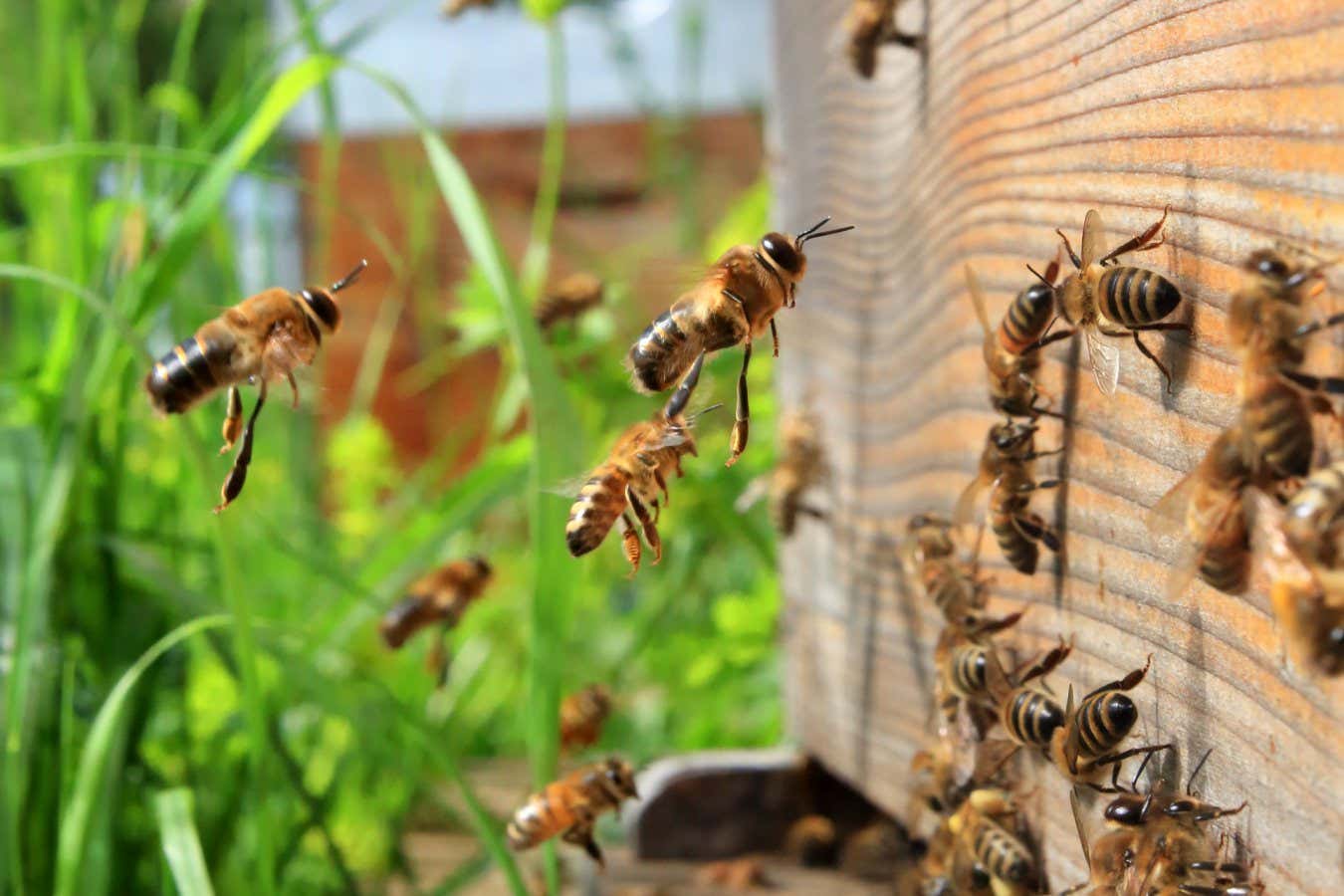Honey: A Sweet Source of Clues for Biodiversity

Hidden within the golden depths of honey lies a wealth of information about the surrounding environment, offering scientists a unique tool to tackle biodiversity challenges.
If you're fortunate enough to sample a jar of honey from Pitcairn Island, a remote British Overseas Territory in the South Pacific, you'll be treated to a truly unique experience. This island's primary export is a highly prized honey, pure and unspoilt by pesticides and pollution, boasting delicious subtropical flavours of passionflower, mango, guava, and rose apple. But beyond its delectable taste, Pitcairn honey, like all honey, holds a treasure trove of hidden information about its surroundings.
Every pot of honey, in essence, is a window into an entire ecosystem. The bees that craft this golden nectar diligently collect pollen and nectar from flowers, but their furry bodies also inadvertently gather a diverse array of other materials â plants, insects, fungi, viruses, and even larger animals â all of which are incorporated into their final product.
"Bees are 'passive bioaccumulators'," explains Parwinder Kaur at the University of Western Australia, Perth. "As they go about their business, they unintentionally collect samples of everything they encounter, which then ends up in their honey." This is a sentiment echoed by Luca Fontanesi at the University of Bologna in Italy, who describes the honey as containing "almost everything".
Scientists are now harnessing the immense potential of this honey-based ecosystem snapshot. With the advent of advanced DNA analysis techniques, researchers are utilising honey as a valuable source of information on bee health, the overall state of biodiversity in the foraging area, and diseases circulating within the wider environment.
This fascinating approach is shedding light on the enigmatic colony collapse disorder that has ravaged honeybee hives worldwide, helping to identify potential culprits. It can also pinpoint the presence of invasive species, track the spread of agricultural pests, and even provide insights into the prevalence of antibiotic-resistant bacteria.
Honey's potential as a biodiversity monitor is vast and growing. The sweet golden liquid, once considered solely a culinary delight, is proving to be a treasure trove of environmental clues, offering scientists a unique and non-invasive way to assess the health and diversity of our planet.





